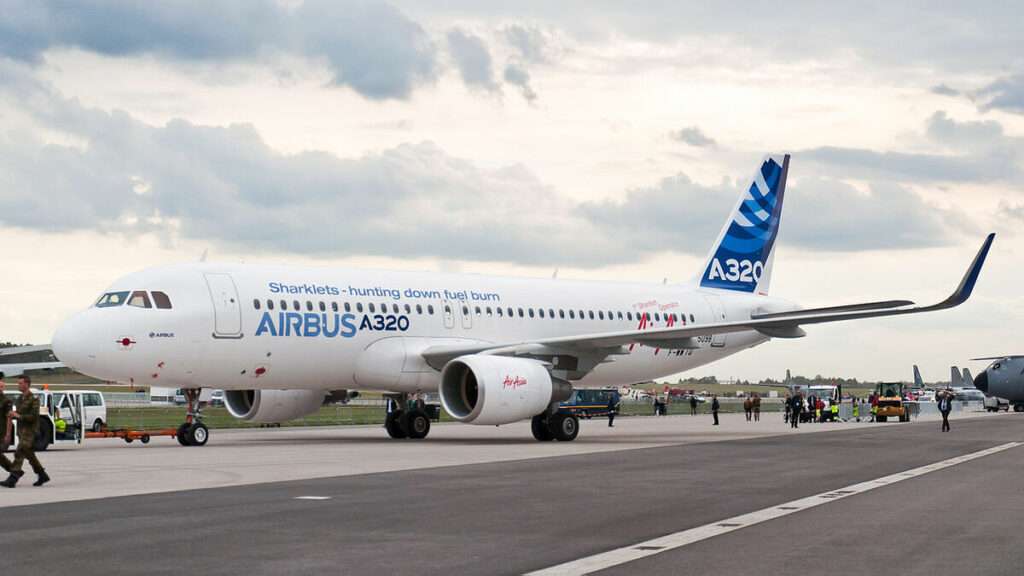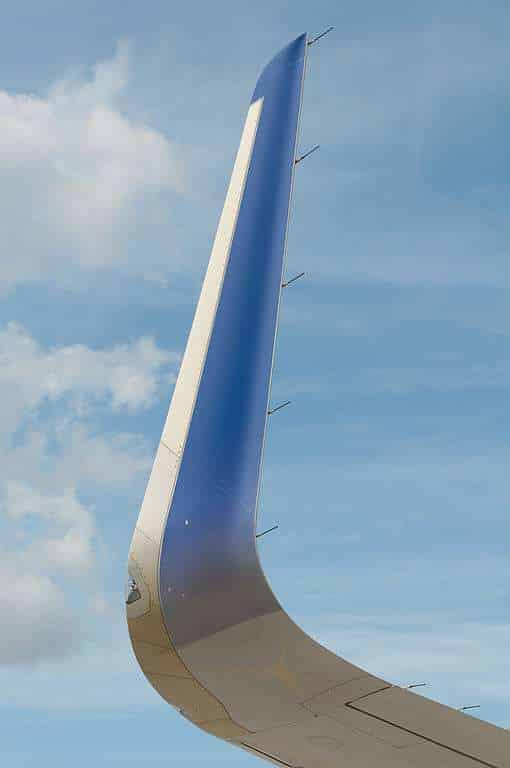A European Union Aviation Safety Agency (EASA) Airworthiness Directive (AD) which was applicable to A319ceo, A320ceo and A321ceo aircraft has been extended to encompass all Airbus A320neo family aircraft equipped with Sharklet wingtip modifications.
Sharklet-equipped aircraft
In 2021, EASA issued an Airworthiness Directive (AD) requiring operator to inspect certain areas of the wings of A320ceo family aircraft equipped with Sharklets for fatigue cracks.
Sharklets are wingtip modifications that improve fuel efficiency by reducing aerodynamic drag forces on the aircraft’s wingtip region.
The upswept winglet can also introduce additional stress on the wings. This increased stress can in turn lead to fatigue cracking in the slat tracks and wing flap assemblies, which are critical components for controlling lift and drag.

[monsterinsights_popular_posts_inline]

The original AD, which applied to A319ceo, A320ceo and A321ceo aircraft possessing the Sharklet modification, called out an inspection to check the fatigue cracking.
This condition, if not detected and corrected, could lead to crack initiation and propagation, possibly resulting in reduced structural integrity of the wings.

Extension of the AD to encompass A320neo
With effect from February 8, 2024, the original AD was superseded by the new EASA AD No. 2024-0027.
In accordance with the new directive, the stated inspections have been expanded to incorporate Airbus A320neo models equipped with the wingtip modification.
To explain the wider extension of the wing inspections, the new directive explains that since the AD was issued, new investigation results highlighted that these inspections must be applied to all models of A319, A320 and A321 aeroplanes in an affected configuration.
It’s important to note that these issues are relatively rare and do not pose an immediate safety risk. The inspections are required to be conducted at specific intervals based on the aircraft’s age and number of flight cycles.
If cracks are found, they must be repaired in accordance with approved repair instructions or the aircraft must be grounded.

Click the banner to subscribe to our weekly newsleter.

Click the photo to join our WhatsApp channel so then you can stay up to date with everything going on in the aviation industry!








